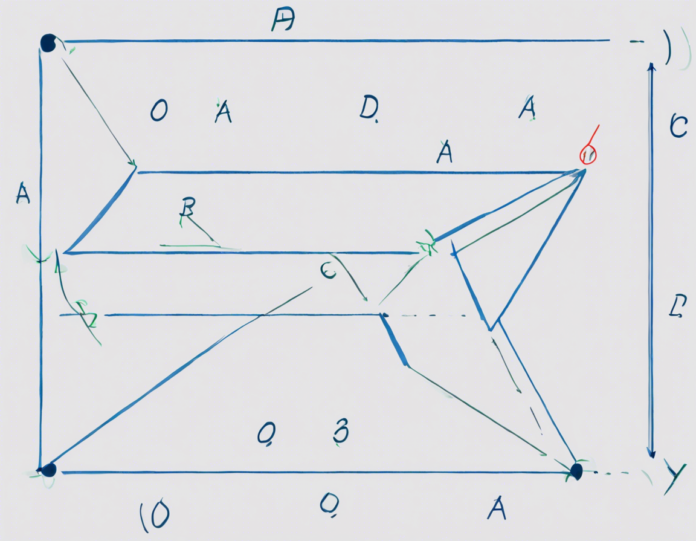Have you ever come across a cyclic parallelogram in your geometry studies? They are fascinating shapes with unique properties that can be explored and proven using different geometric principles. In this post, we will delve into the world of cyclic parallelograms and focus on proving why a cyclic parallelogram is indeed a rectangle.
Understanding Cyclic Parallelograms
Before we dive into the proof, let's first establish a solid understanding of what a cyclic parallelogram is. A parallelogram is a quadrilateral with opposite sides that are parallel and of equal length. On the other hand, a cyclic quadrilateral is a four-sided figure whose vertices all lie on a single circle, known as the circumcircle of the quadrilateral. Therefore, a cyclic parallelogram is a parallelogram that can be inscribed in a circle.
Proving a Cyclic Parallelogram is a Rectangle
To prove that a cyclic parallelogram is a rectangle, we need to utilize the properties of both parallelograms and cyclic quadrilaterals. Let's break down the proof into steps:
-
Opposite Angles of a Parallelogram: In a parallelogram, opposite angles are equal. This property stems from the fact that the opposite sides of a parallelogram are parallel. Therefore, if we have a cyclic parallelogram, the opposite angles inscribed in the circle will be equal.
-
Consecutive Angles of a Parallelogram: Because a parallelogram has two pairs of parallel sides, consecutive angles are supplementary. In a cyclic parallelogram, this means that the sum of consecutive angles inscribed in the circle will be 180 degrees.
-
Opposite Sides of a Parallelogram: In a parallelogram, opposite sides are equal in length. When a parallelogram is inscribed in a circle, the opposite sides of the cyclic parallelogram will be chords of the circle, and they will be equal in length.
-
Diagonals of a Parallelogram: The diagonals of a parallelogram bisect each other. In a cyclic parallelogram, the diagonals will intersect at the center of the circle, and they will bisect each other.
Conclusion
By combining the properties of parallelograms with the characteristics of cyclic quadrilaterals, we have successfully proven that a cyclic parallelogram is indeed a rectangle. The equal opposite angles, the supplementary consecutive angles, the equal opposite sides, and the diagonals that bisect each other all contribute to this conclusion.
Frequently Asked Questions (FAQs)
- Can a parallelogram be cyclic but not a rectangle?
-
Yes, a parallelogram can be cyclic without being a rectangle. For a parallelogram to be a rectangle, it needs to have all interior angles measuring 90 degrees.
-
What is the importance of studying cyclic parallelograms?
-
Cyclic parallelograms provide insights into the relationships between different geometric figures and help strengthen one's understanding of geometry principles.
-
Are all rectangles cyclic parallelograms?
-
Yes, all rectangles are cyclic parallelograms because they have all vertices lying on a single circle.
-
How can I identify a cyclic parallelogram in a given geometric figure?
-
Look for a quadrilateral where all vertices lie on a circle. If the quadrilateral is a parallelogram, then it is a cyclic parallelogram.
-
Can a non-rectangular cyclic parallelogram have right angles?
- No, non-rectangular cyclic parallelograms cannot have right angles because having right angles is a defining characteristic of rectangles.
Explore the world of geometric shapes and angles further by experimenting with cyclic parallelograms and applying your knowledge of rectangle properties to uncover new insights and connections within the realm of geometry.


Recent comments